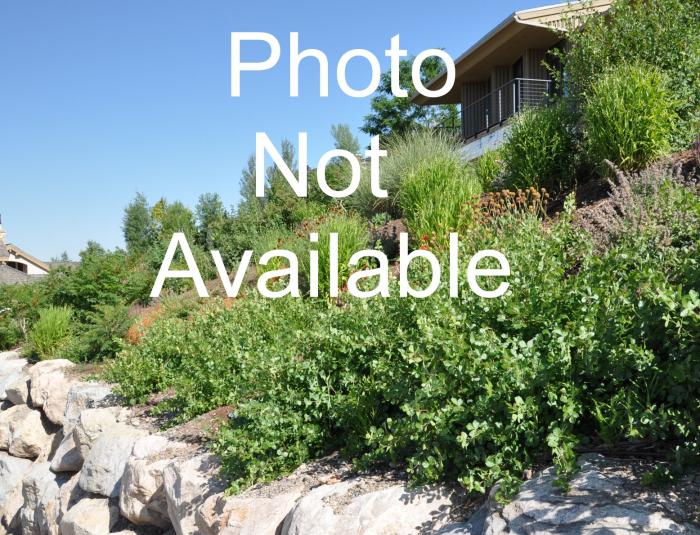| Botanical Name: Jamesia americana | |
| Common Name: Cliffbush |

-
Anatomy
-
Culture
-
Design
Plant Type
Shrub
Height Range
3-6'
Flower Color
White
Flower Season
Summer
Leaf Color
Green
Bark Color
Brown, Red
Fruit Color
Brown
Fruit Season
Winter, Fall
Sun
Full, Half
Water
Low, Medium
Growth Rate
Moderate, Slow
Soil Type
Sandy, Clay, Loam, Rocky, Unparticular
Soil Condition
Average, Rich, Poor, Well-drained, Dry
Soil pH
Neutral, Basic
Adverse Factors
n/a
Design Styles
Formal, Mediterranean, Ranch, Spanish, Woodland
Accenting Features
Fall Color, Fragrance, Showy Flowers
Seasonal Interest
Spring, Fall
Location Uses
Perennial Border, Shrub Border, Foundation
Special Uses
Cut Flowers, Hedge, Naturalizing, Small Spaces
Attracts Wildlife
n/a
Information by: Stephanie Duer
Photographer:
Photographer:
-
Description
-
Notes
Cliffbush is a deciduous Utah native, growing in an open, rounded habit 3 to 6 fet tall and 4 to 6 feet wide. Leaves are soft, bright green and prominently veined, and turn a vivid orange to pink in the fall. Flowers appear in May and June in clusters, and are white, five-petaled, and fragrant. The bark is reddish and shreddy, providing interest in the winter garden. Fruit ripens in fall and winter, providing forage for birds. A nice native shrub for a dry, shady border.
Grow in well drained soil and full sun to part shade. Tolerates dry soil as long as it is well drained. Hardy to Zone 3 and up to 10,000 feet. A Plant Select choice for 2003. Also commonly called Waxflower.